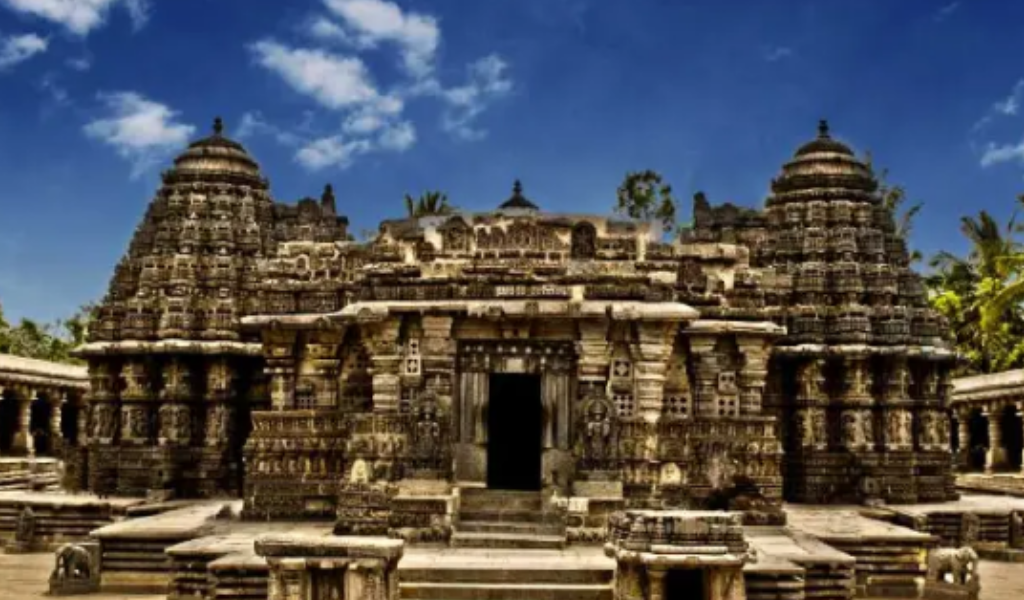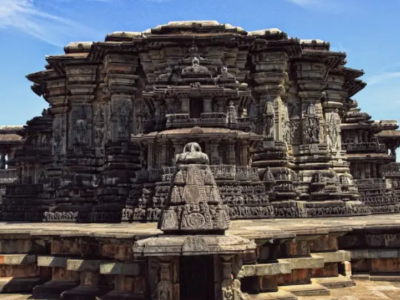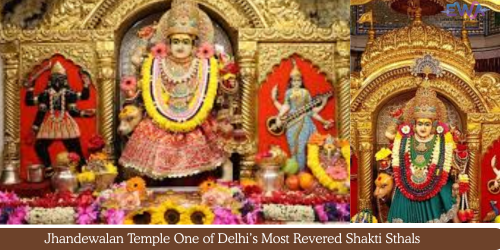What Makes Hoysala Architecture Timeless Appeal So Special?
Introduction
Hoysala Architecture:
A treasure mine of architectural marvels known as Hoysala architecture may be found in the heart of southern India’s historical landscape. Hoysala architecture is a building style in Hindu temple architecture that emerged during the 11th and 14th centuries in the region now known as Karnataka, India. Hoysala temples are living reminders of a time when art, culture, and invention flourished.

Hoysala Architecture " Temple-Centric":
The Hoysalas were prolific temple builders, and their architecture is frequently described as “temple-centric.” They built innumerable temples to deities like as Lord Shiva, Lord Vishnu, and various forms of the Goddess.
The star-shaped ground layout of many Hoysala temples is one of their distinguishing features. Multiple shrines are evenly set in these star-shaped temples, producing a unique and complicated arrangement.
Soapstone (chloritic schist) was the major building material used by the Hoysalas. This soft stone allowed for intricate carving and detailing.
Characteristics of Hoysala art
- Cella (vimana): The defining trait of vimana in Hoysala temples is that they are plain on the inside while lavishly decorated on the outside.
- Mantapa: Hoysala temples have both open (outer mantapa) and closed (inner mantapa) mantapas. The mantapa’s ceilings are ornately decorated with mythological characters and floral designs.
Circular pillars can be found in the mantapas of Hoysala temples. At the top of each pillar are four brackets with sculpted figurines. - Makartorana: It leads to the temples’ mantapa. It is constructed with carved images of Makara in lintel style above the temple.
- Shrine: Most Hoysala temples have one or more shrines. According to the number of shrines, temples are classed as ekakuta (one shrine), dvikuta (two shrines), and so on.
Kalasa’s development: The Hoysala temples include a beautiful vase-shaped water container that stands on the uppermost piece of the temple tower.
Salabhanjika: This is a distinctive characteristic of Hoysala sculpture. The origin of this mythical woman image can be traced back to Buddhist sculpture. Salabhanjika, also known as Madanika, is a legendary woman figure with stylized feminine features who stands near a tree or grasps a tree limb. They are sometimes seen participating in artistic activities such as music, dance, and so on.
These sculpted figurines can be found in each of the four brackets that adorn the pillars of Hoysala temples. Aside from that, each side of the makartorana is extensively sculpted with salabhanjika figures.







